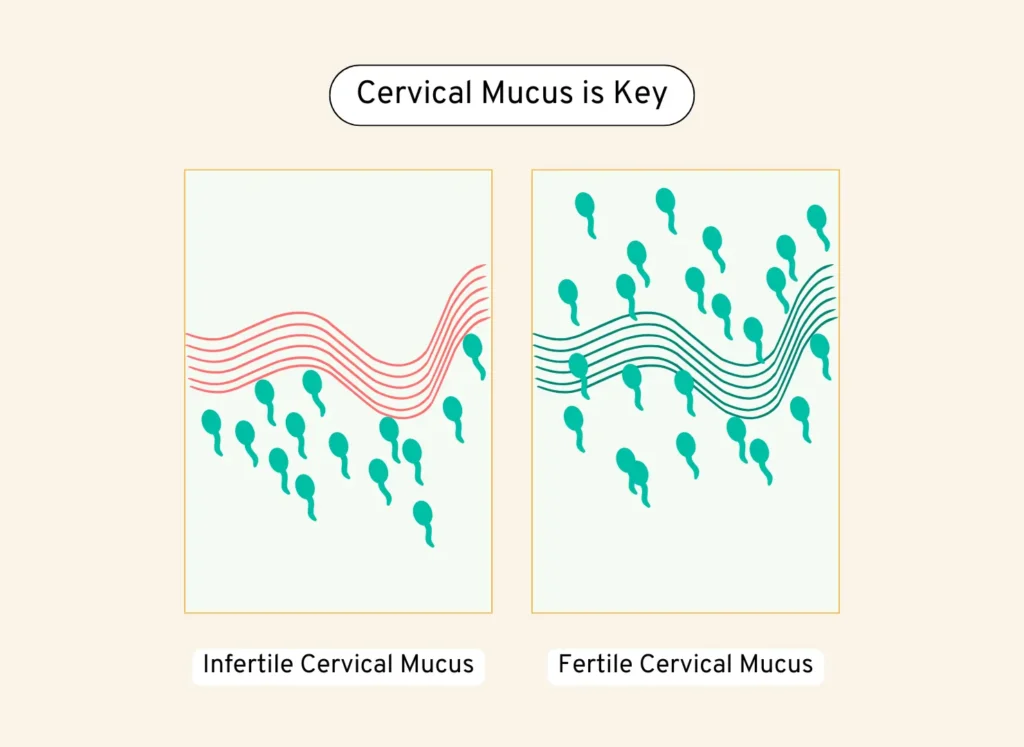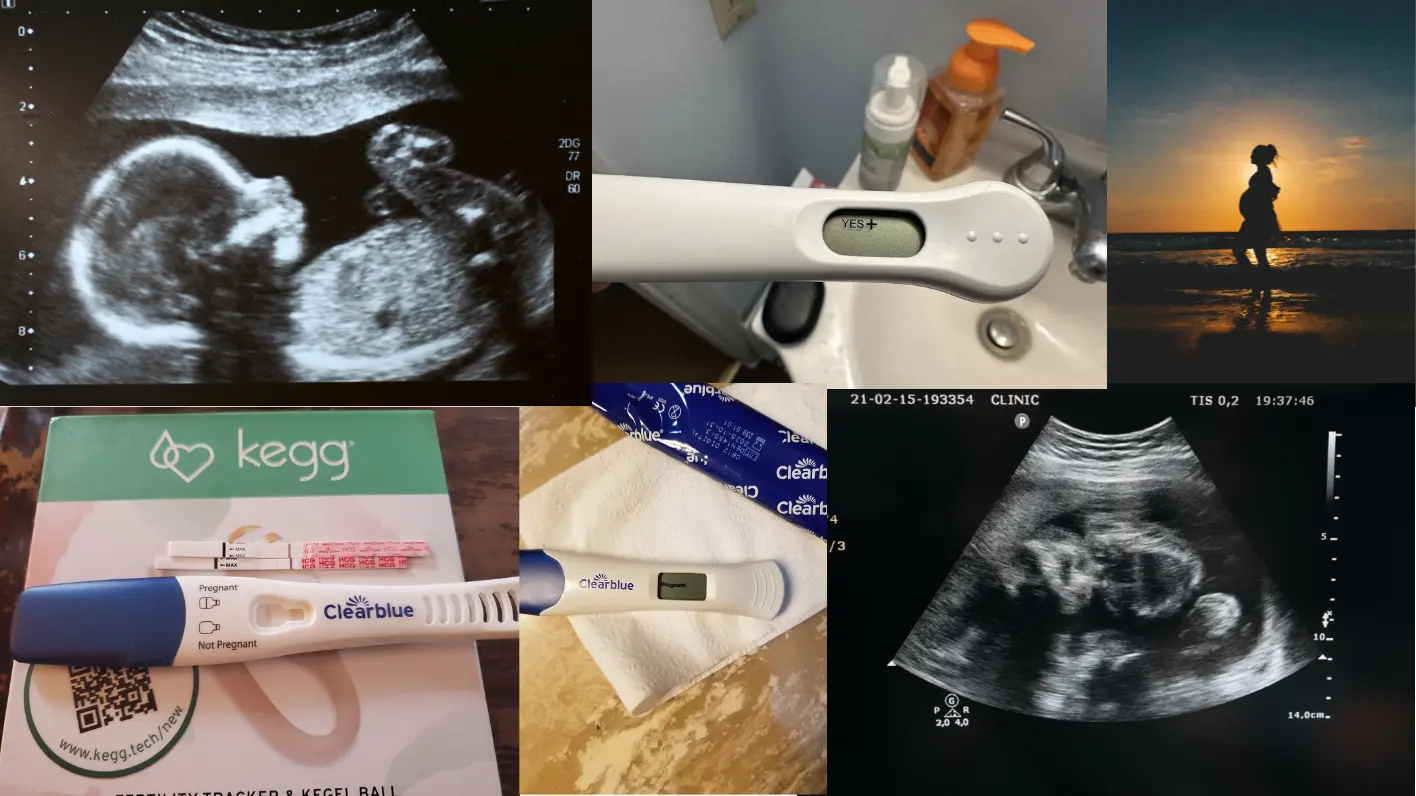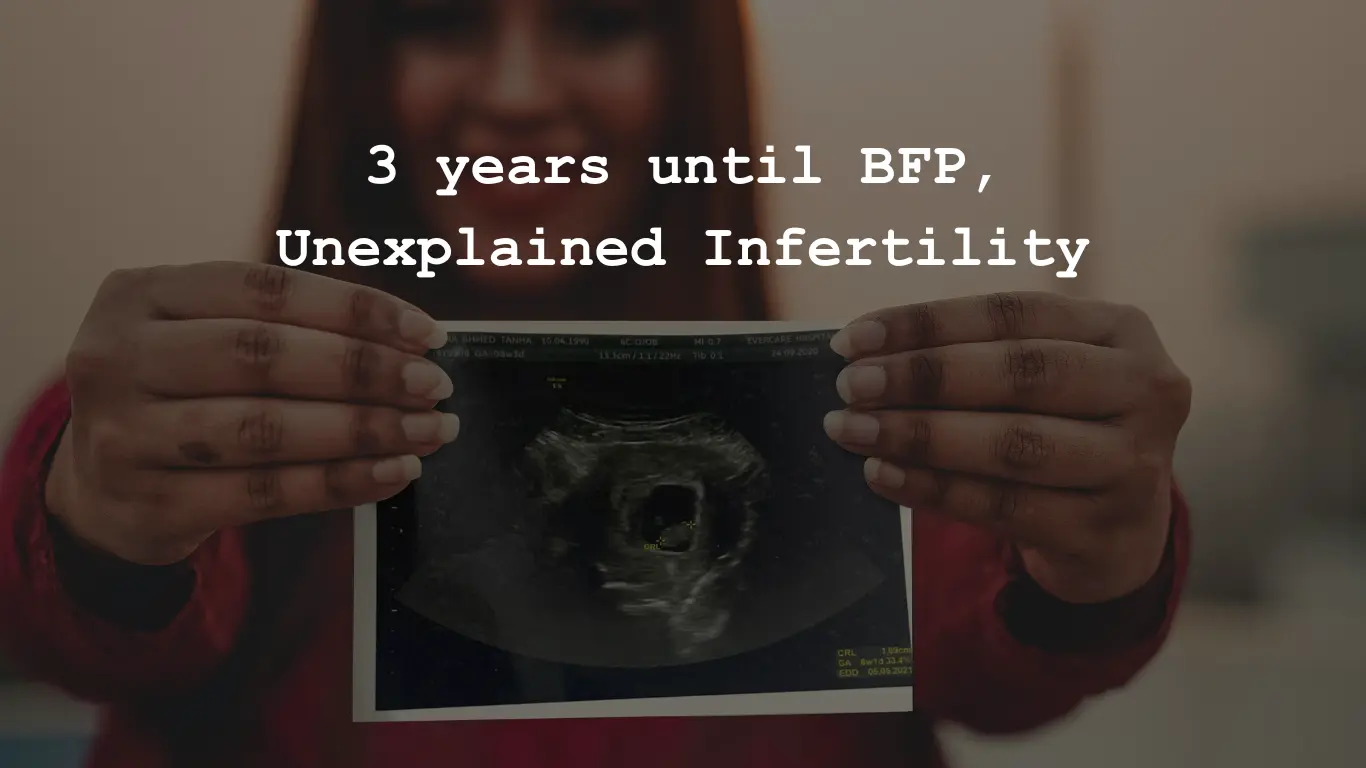When Conception Feels Impossible—These Couples Found a Breakthrough
For many couples, trying to conceive isn’t as easy as they expected. After months or even years of tracking cycles, using ovulation predictor kits, and trying every possible method, frustration can set in. But for these five couples, one discovery changed everything: understanding the role of cervical mucus in fertility.
Read their stories and see how gaining deeper insight into their fertility made all the difference.
“After 2 Years of Disappointment, We Finally Understood My Fertility”
– Emily & Jason
“We tried everything—ovulation strips, tracking my basal body temperature, and even using multiple fertility apps. But the ovulation strips would give me mixed results, and my temperature readings were inconsistent. I was constantly second-guessing whether we were timing things right.
Then, I started tracking my cervical mucus with kegg. Unlike OPKs that only detect a short LH surge, kegg helped me identify my full fertile window—several days before ovulation. That’s when we realized we had been missing our most fertile days. Three months later, we got our positive test.”
“We Were Told IVF Was Our Only Option—Then We Discovered Something Crucial”
– Sarah & David
“We had been trying for over a year when doctors labeled our case as ‘unexplained infertility’ and recommended IVF. But before going that route, I wanted to make sure I had tried everything possible naturally.
I had used ovulation test strips before, but they only told me when I was experiencing an LH surge, not my full fertile window. After tracking with kegg, I discovered I was ovulating later than I thought. This meant we had been timing intercourse too early and missing the right days. Once we corrected this, we conceived within two cycles—no expensive treatments needed.”
“PCOS Made My Cycle Unpredictable—kegg Helped Me Find My Fertile Window”
– Mia & Chris
“Having PCOS made traditional fertility tracking nearly impossible. My cycles were irregular, and OPKs often gave false positives due to fluctuating LH levels. I never knew for sure when I was ovulating.
With kegg, I didn’t have to rely on guesswork. It analyzed my cervical mucus trends and helped me identify the patterns that signaled my fertile window. For the first time, I could see exactly when my body was preparing for ovulation. After years of uncertainty, I finally conceived naturally.”

“We Tried for Baby #2 for Over a Year—Turns Out, We Were Timing It Wrong”
– Rachel & Mark
“Our first child was conceived so easily that we assumed it would be the same the second time around. But after a year of trying, we realized something wasn’t working.
We had been using ovulation predictor kits, but they only gave us a short window of opportunity, and we kept missing it. When I started using kegg, I realized my fertile window was longer than I had thought. This small adjustment made all the difference. Within two cycles, we were expecting our second child.”
“We Thought It Would Never Happen—Then kegg Gave Us the Missing Clue”
– Anna & James
“We had spent years trying and failing. Every negative test was heartbreaking, and we felt like we had exhausted all our options.
The problem? We were relying on outdated methods. Tracking BBT was unreliable because my sleep patterns were inconsistent. OPKs were frustrating because they only showed a surge, not the full fertile window. kegg gave me real-time insights into my cycle and helped us time things correctly. Now, we’re holding our beautiful
Understand When Sperms Can Survive By Tracking Cervical Mucus
At the time of writing, kegg is the only fertility tracker that tracks changes in the cervical fluid (not to be confused with vaginal trackers that detect core body temperature). This unique property alone sets kegg apart from the other trackers and allows the user to uniquely see their fertile window in real-time, and know when the vaginal environment is prime for sperm’s survival.



